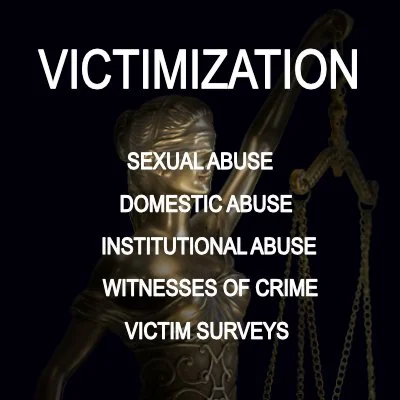Child sexual abuse of African, Asian and Caribbean heritage children: A knowledge review
By Sukhwant Dhaliwal
This knowledge review is the first to provide an up-to-date overview of published research in relation to the sexual abuse of African, Asian and Caribbean heritage children. It sets out what this research says about the nature of that abuse, its impacts, the barriers that prevent children talking about it, and how concerns about it are identified and responded to – both within communities and by services. Equally importantly, it identifies significant gaps in knowledge and understanding, and recommends how these can be addressed. Commissioned by the Centre of expertise on child sexual abuse (the CSA Centre) and Barnardo’s SEEN Centre for children and young people of African, Asian and Caribbean heritage, the review was conducted by the Child and Woman Abuse Studies Unit (CWASU) at London Metropolitan University. In addition to examining 79 publications (including research studies, journal articles, book chapters and ‘grey’ literature) which related to 59 distinct research or evaluation projects, it collated information on ongoing research and convened four focus groups involving African, Asian and Caribbean heritage people with knowledge of child sexual abuse as academics/researchers, practitioners and ‘experts by experience’. Overview of the research literature The publications reviewed dated from between 1988 and 2023. There is a shape to their content and quantity, with recent years seeing rapid growth in the number of publications. Only a small number of studies were published up to the early 2000s. The period between 2010 and 2015 focused principally on the sexual exploitation of African, Asian and Caribbean heritage children; subsequently, there was a shift towards talking about child sexual abuse and sexual violence more widely. Most of the published studies were based on qualitative research and were small in scale. They typically focused on a particular ethnic group or on abuse in particular settings such as religious institutions, with an emphasis on the experiences of women and girls; the distinct experiences of boys were largely absent. Very few included quantitative analysis of larger samples. As a result, the literature tells us about the nature of the sexual abuse experienced by African, Asian and Caribbean heritage children, and the contexts in which it takes place, but not its scale. The review found that the sexual abuse of Asian heritage children, primarily those of North Indian and Pakistani heritage, received more research attention than the sexual abuse of African and Caribbean heritage children: only four studies focused solely on African victims/survivors, and another four on Black Caribbean victims/survivors. Moreover, children of African, East Asian and Southeast Asian heritage received hardly any attention. There was little research engaging directly with African, Asian and Caribbean heritage children; most relied instead on accounts from adult victims/survivors or practitioners, or on analysis of children’s case files. Studies involving the greatest direct engagement with children as research participants were those on gang-associated sexual violence, one on intra-familial child sexual abuse, and two on the experiences of unaccompanied asylumseeking minors. Although many of the studies included discussion of service responses to the sexual abuse of African, Asian or Caribbean heritage children, there were only three evaluations of support services or interventions.
Barkingside<Ilford: Centre of Expertise on Child Sexual Abuse, 2024. 112p.


